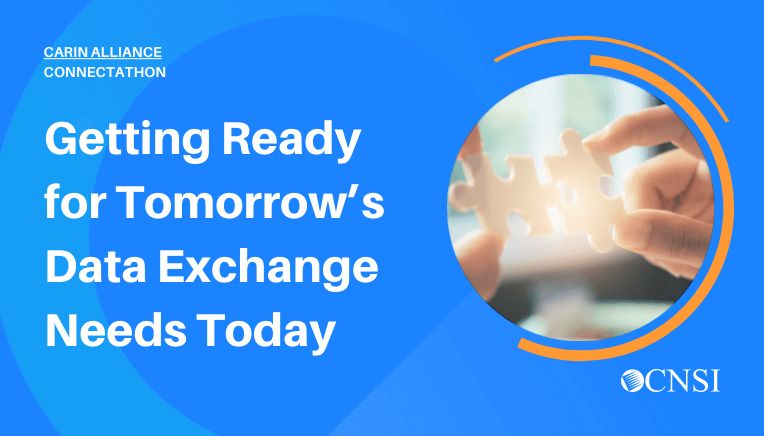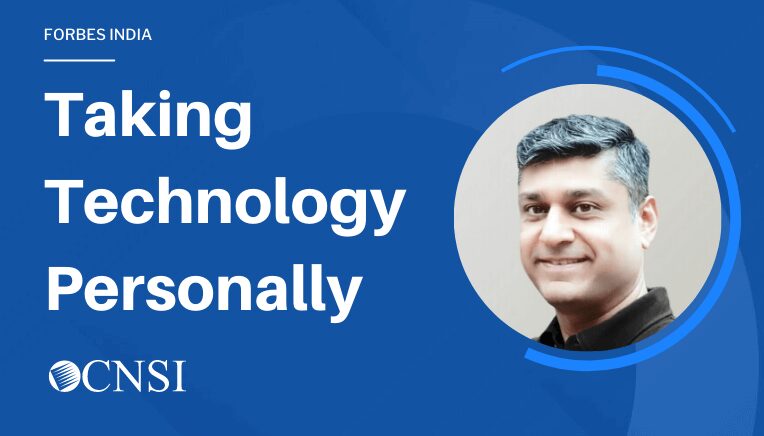
3 Tips for Successful Federal Health IT Modernization
October 10, 2019
Categories: Thought Leadership
When it comes to modernizing federal health technology, there are no shortage of challenges. From IT budgets that haven’t kept pace with rising costs to changing regulations, federal health IT leaders have their work cut out for them. But the benefits of modernized systems—better patient outcomes, streamlined processes and reduced costs—mean that health IT leaders must devise strategies that will continue to move the agency forward. Let’s take a closer look at three considerations federal health IT leaders should keep top-of-mind as you are moving forward with your own modernization activities.
A Phased Approach
There are plenty of roadblocks on the road to federal health IT modernization, with everything from security-challenging, resource-hogging legacy systems to IT budgets that stifle upgrade efforts standing in the way of necessary changes. Add to that the fact that many organizations are change-resistant, unwilling to say goodbye to technology that no longer serves them simply because it’s “what they know,” and you have a recipe for remaining static.
To sidestep these roadblocks, federal health IT leaders should consider a phased approach to any modernization projects. By developing a modernization plan that refrains from a “start from scratch” option and instead, works to create incremental improvements, there’s a better chance of the modernization effort being accepted and successful. Think of it this way—running may get you to the finish line faster, but walking means that you’re able to clearly see (and avoid) the inevitable potholes and pitfalls that are along your path.
A Realistic Roadmap
Building upon the phased approach concept, federal health IT leaders must also have a clear idea of the agency’s current level of digital readiness. The reality is that different federal agencies have radically different levels of digital savvy, meaning that what may seem like a small change in your organization could be seen as a huge transformation at another.
Once you’ve ascertained your level of digital readiness, you’ll be ready to map out your digital vision and roadmap, identifying digital goals and setting forth your digital vision. When you create that roadmap, focus on continually making progress toward your goals—including measurable metrics so you can determine success—and then plan on continually optimizing your technology based on what you learn.
Change Management
Just as with any kind of transformation, effective change management is necessary to ensure the success of the initiative. And while many organizations spend a lot of money and time implementing new technology, oftentimes the very real need to invest in change management is overlooked.
To effectively get your organization ready for the many changes that will occur as a result of health IT modernization, transparency and inclusion are paramount. Work with representatives from all levels of the organization—from those in-the-trenches serving patients to those in the C-suite—to gather information and ideas and listen to concerns. The time that you invest in getting buy-in early will pay dividends when it’s time to implement the solution.
Strategic Planning Helps with Avoiding Common Issues
Clearly, federal health IT leaders are fully aware of the many challenges that stand between their agency and a digital transformation. But with a little planning, you can avoid many of the common issues that plague digital initiatives. Consider a phased approach to help your agency ease into your new technology, and be realistic when it comes to your digital readiness. Finally, don’t underestimate the value of effective change management in driving the adoption—and ultimately the success—of your upgraded digital elements. By following these tips, you’ll be putting your agency on the road to digital transformation success.
###
Ready to bring a digital transformation to your federal agency, but need assistance making it happen? CNSI can help. Get in touch with us today.







